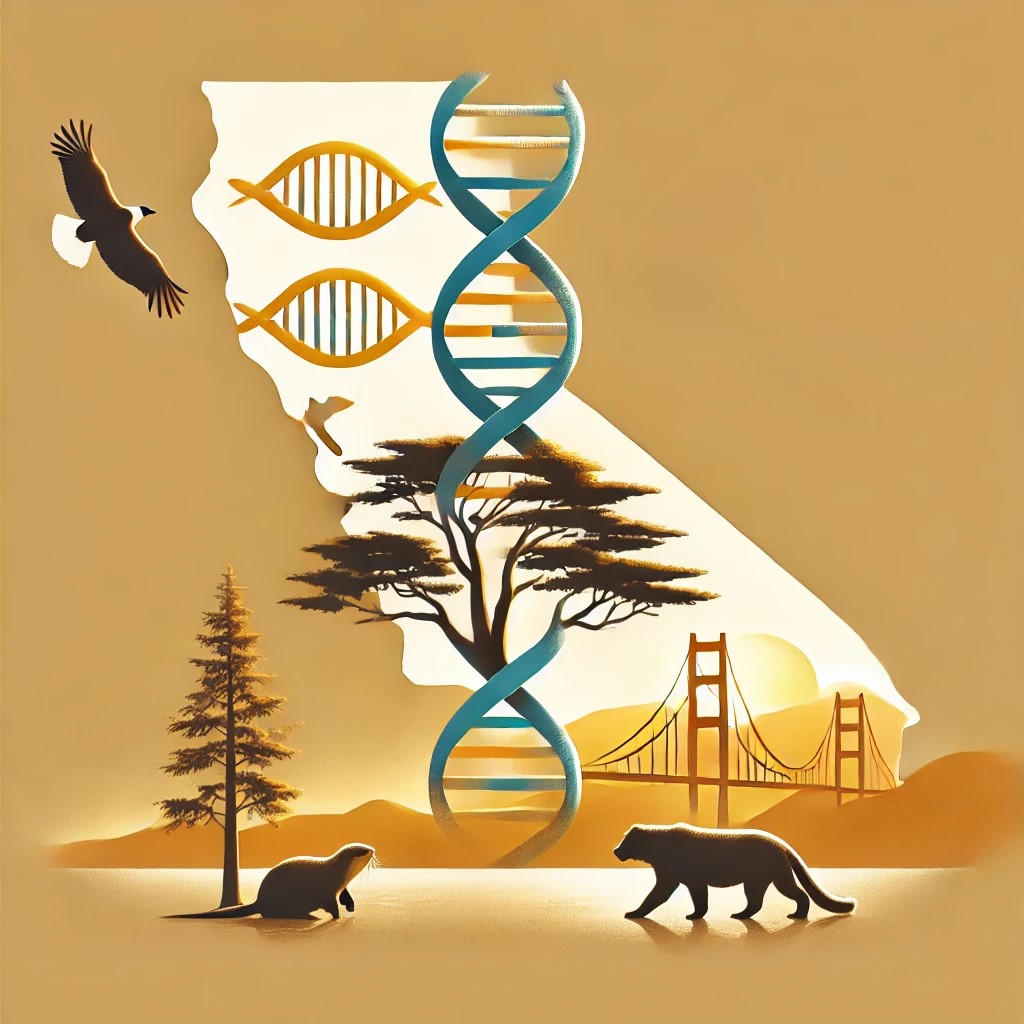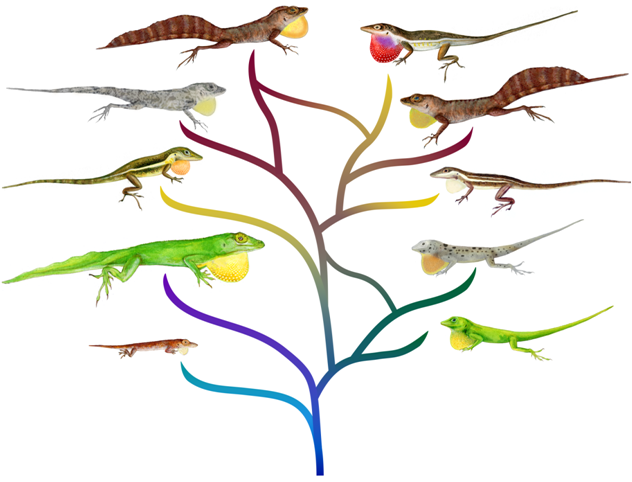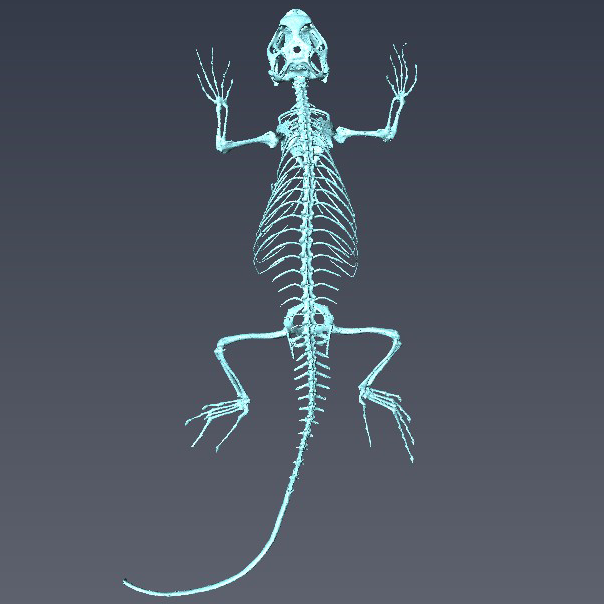Comparative Conservation Genomics in California
In collaboration with research teams from across the University of California, we are conducting a massively comparative analysis of whole genome sequence variation across more than 200 species of plants and animals from across the state. The California Conservation Genomics Project (CCGP) is a statewide initiative that aims to apply genomic, environmental, and spatial data to guide conservation policy and land management through ecological modeling and spatial analysis. Its core mission is to map and understand genetic diversity and adaptive potential across a wide range of California’s native species that are ecologically important or of conservation concern. Our lab leads the landscape genomic analysis team, which has led to the development of new spatial genomic tools, including a landscape genomic analysis pipeline.


Dimensions of an Adaptive Radiation
How does environmental variation drive the spectacular diversity of life? Our Dimensions of Biodiversity project explores this question by investigating the forces and conditions driving the repeated adaptive radiations of Anolis lizards across the Greater Antilles. By integrating ultra-high-resolution environmental data (from LiDAR and GIS), 3D morphological scans (via micro-CT), and whole genome sequencing, we’re uncovering how environmental heterogeneity shapes adaptive traits, genomic divergence, and speciation. We’re focusing particularly on the processes behind convergent and parallel evolution, examining whether sympatric species exhibit the same genomic basis underpinning parallel phenotypic divergence across environmental gradients.
Evolutionary Responses to Climate Change
How do species adapt to a rapidly changing world? We’re tackling this question by pairing cutting-edge genomics with high-resolution morphometrics across a century of preserved lizard specimens from California’s Sierra Nevada Mountains. By sequencing whole genomes and collecting CT-scans from a time-series of specimens spanning more than a century we’re uncovering how climate change has reshaped the genomes, morphology, and distribution of the western fence lizard (Sceloporus occidentalis). This work reveals the genomic and phenotypic signatures of local adaptation in response to a changing climate, offering a powerful lens into the microevolutionary processes that govern biodiversity in a non-stationary environment.


Urban-Wildland Landscape Genomics
The San Francisco Bay Area presents a striking mosaic of urban development, suburban sprawl, and wildland habitats—an ideal setting to explore how anthropogenic modification shapes evolution. Our research investigates how the urban-wildland gradient affects gene flow, genetic diversity, and local adaptation in a suite of native amphibians and reptiles, including the western fence lizard (Sceloporus occidentalis), the California newt (Taricha torosa), and the Pacific tree frog (Pseudacris regilla). By integrating genomic data with fine-scale environmental and land-use models, we’re uncovering how features like roads, habitat fragmentation, and urban heat islands alter evolutionary processes and reshape biodiversity in an increasingly human-dominated landscape.
